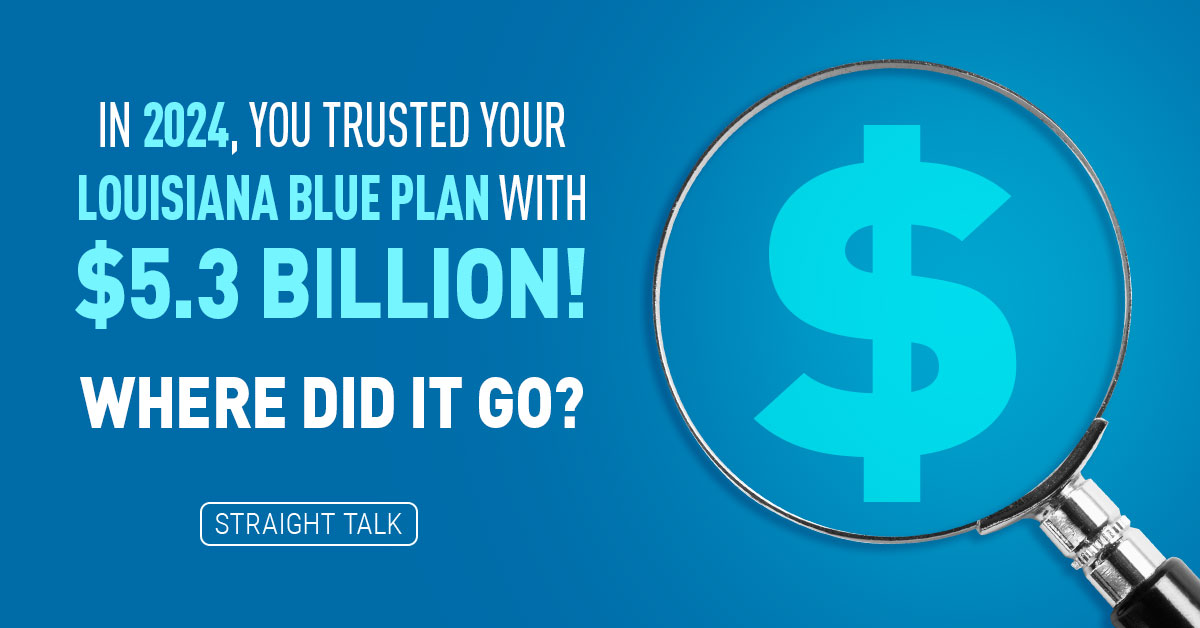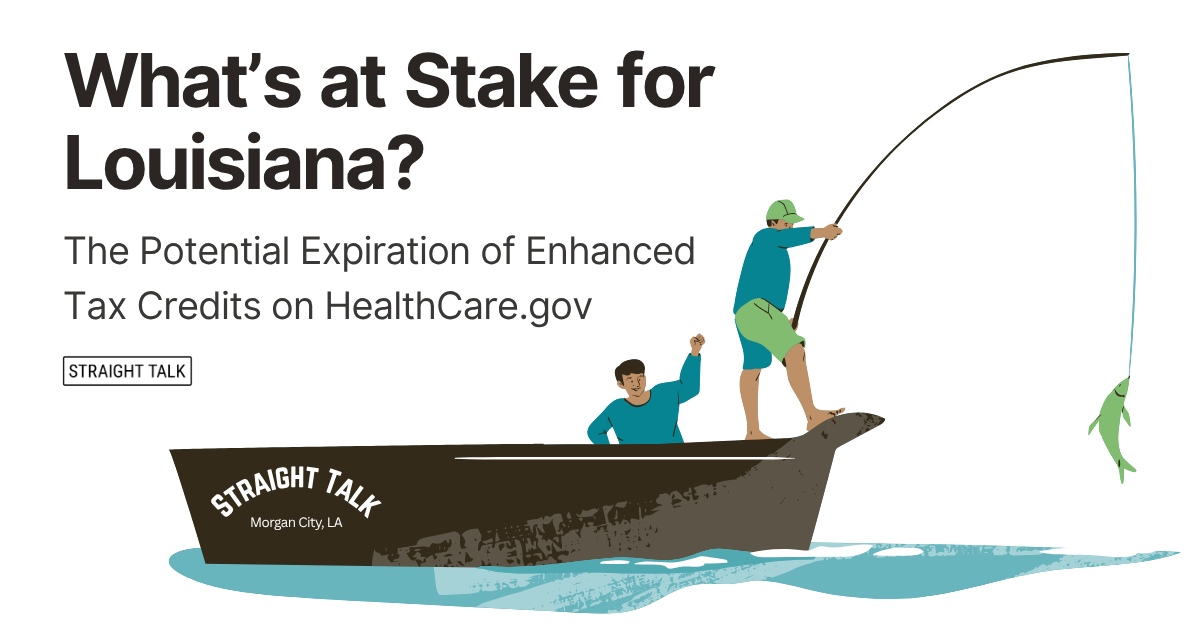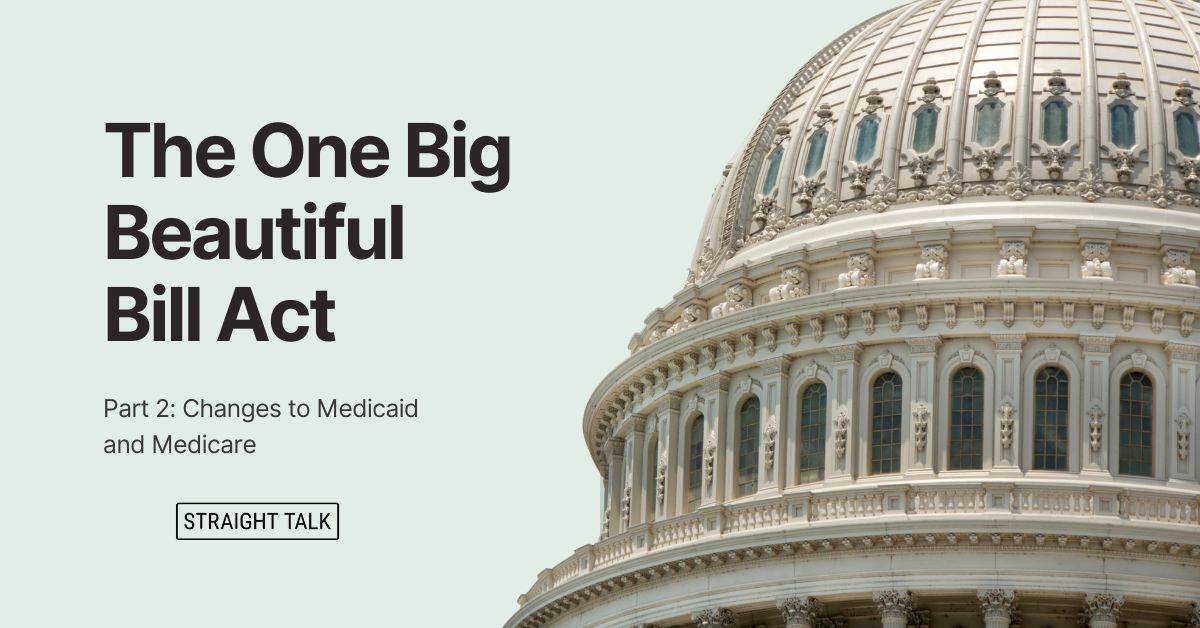I think we all have this person in our lives: “I take care of myself. Don’t ask anyone for anything. I just want everybody to take care of themselves and that’s that! I can take care of myself!”
The notion of taking care of yourself and not being super dependent on others has some attraction for many of us, and is a source of pride, even. But there are times when it just makes sense to accept help that’s offered.
You may have seen me write before about my battle with bone cancer in my early 20s. I can tell you that before I knew I was sick, I was 100% financially independent. I was working three jobs AND going to college. I worked offshore in the oilfields in the summers, paying my own way, and even bought my own car and maintained it myself. My 22-year-old pride revolved around the fact that I was independent and making my own decisions, living my own life.
Imagine how fast that came crashing down when the doc looked me in the eye and said there was a 50/50 chance I’d be dead in three years. But I have to say, the illusion of independence was sweet while it lasted! So good.
I worry that we have a whole new crop of pre-diagnosis versions of 22-year-old me out there right now. They have access to a LOT of money, but for various reasons aren’t taking it and as a result, they are paying WAY too much for their health insurance.
I’m talking about those buying individual health insurance here in Louisiana.
You Can Use Tax Credits to Pay for That
Last year (2022), almost 90,000 Louisianians received advanced tax credits to help them buy health insurance on Healthcare.gov. They received an AVERAGE of $7,896 off their premiums EACH YEAR. That’s coming from federal tax dollars that you and I have already paid in, which are being received back by our friends and neighbors here in Louisiana to help them pay for their health insurance. It’s a big deal.
Imagine my surprise when a recent data dive showed me that here at Blue Cross, we have more than 28,000 customers buying individual policies who are NOT using Healthcare.gov, thus leaving all the tax credits they are eligible for on the table. Over 28,000 people leaving behind hundreds of millions of dollars!
Now, I know everybody’s got their reasons.
Of those 28,000 people, 16,000 are still enrolled in basically the exact same health insurance policy they had on March 23, 2010 – almost 13 years ago. They are considered grandfathered under the ACA rules. If you are hanging onto grandfathered coverage, you are not eligible to receive federal money either up front on Healthcare.gov, nor on your annual tax return filings to the IRS. Whatever money you might be eligible for is just sitting there. I understand some people really like their Blue Cross policy from 2010 because it’s probably got coverage levels that just aren’t available on the federal marketplace. And, it likely started out much cheaper. So, it made sense at one time.
Now, I’m afraid, with the greatly enhanced tax credits on Healthcare.gov already approved through 2025 and available to people with MUCH higher incomes, grandfathered plans may not be the deal they once were. It’s a REALLY good idea to look again. The money available for financial help buying the new plans is like nothing we’ve ever seen before. If you are still on a grandfathered plan, make sure your agent is showing you all the alternatives every single year. You may be leaving thousands of dollars on the table. Remember: It costs you nothing to work with an agent to look at your options, and there is no obligation to buy a new plan or switch plans just because you work with one.
Don’t Shop Alone – Use Healthcare.gov
The other 12,000 people not buying on Healthcare.gov is more of a mystery to me. They essentially are buying the EXACT SAME PLANS listed on Healthcare.gov but not going through the site, so they aren’t getting any of the financial benefits. This means no tax credits up front, and no tax credits at tax filing time. I have this nagging suspicion that these 12,000 people are leaving tons of money they deserve on the table – most likely because they were unaware it was available. We all work and pay taxes, so why on earth wouldn’t you want to get some of that money back if you qualify? I sure would.
IF these 28,000 people went on Healthcare.gov to enroll in their health plan, their total tax credits could be $221 MILLION. Yep, that’s right, we may be leaving $221 MILLION on the table. Or to put it another way, these 28,000 people could be paying $221 MILLION too much for their health insurance. That’s almost $8,000 too much each, every year! Could you use an $8,000 discount on your health insurance premiums?
Anyone can shop and purchase on Healthcare.gov, so there is no reason not to at least look. Unsure where to start? I put together this video (3:46) to help people estimate what their tax credit might be.
The Straight Talk is, if you are still holding a grandfathered individual policy, or you are buying new coverage outside of Healthcare.gov, I would encourage you to run those numbers again. Your savings could be substantial!
And, connect with an experienced agent to get FREE help exploring your options:
Visit GetPlanOptions.com or call 1-844-GET-BLUE (1-844-438-2583; TTY 711).





Mike,
Self employed people are able to take tax deductions for health insurance expenses. Many of them are in a 30% federal and state tax bracket. If they get one nickel of subsidies, they cannot take any deductions.
Also, many you speak of will not take a subsidy since those may go away for them in 2026. They want to keep their grandfathered plans till Medicare.
The out of pocket may be only $3300 on a grandfathered plan, while the ACA plans have a $9000 out of pocket. So, sick people will keep their current plan.
ACA is a disappointment.
My gripe is that insurance companies no longer have a reason to keep cost down. The more it cost, the more the government pays. And that 85% (80% individual coverage) of money to pay medical expenses only leaves 15-20% for insurance companies cost and commissions. Agents only get 2% of that. The higher the medical cost, the better for health insurance companies overhead ,salary increases, profits, and bonuses.
I had to get this off my chest. Many agents are giving up. We physically cannot visit with every ACA subsidy client in the 6 week period that the government allows. So we limit the amount of clients we can help. Most of our other blocks of business such as groups are renewing at the same time. Which means many consumers are buying direct with healthcare.gov (with no guidance) and insurance companies are getting to keep the extra 2% as well.
Yes, we are not happy. We worked to many years to be treated this way by government and insurance companies.
David Varisco
Past President
Acadiana Association Of Health Underwriters
(now called NABIP)
I’ll try this again.
Thanks David! You speak for many in the Agent community.
You pointed out the significant potential differences in out-of-pocket costs between some grandfathered plans and non-grandfathered options. Short-term term premium savings should not be the most significant consideration when comparing options. For example, a person with a Blue Saver $1,900 100% grandfathered plan gives up that plan for 2-3 years of savings under the “enhanced subsidy” program, but when the enhanced program ends and they end up paying “more” for a $9,100 deductible plan, is it really wise to give up the $1,900 grandfathered option that you can never get back? I think policyholders should review each year, but it should be comprehensive conversation and not solely based on potential short-term savings.
Another factor when considering a mid-year plan change from a non-marketplace plan to a subsidized plan is the discrepancy in the way the Marketplace calculates the APTC (expected subsidy) and the method the IRS uses to reconcile the actual subsidy at the end of the year. For someone covered under a subsidized plan for only part of the year, the calculated Marketplace subsidy is usually overstated, resulting in a subsidy payback when taxes are filed. The later in the year the plan is changed, the greater the discrepancy and potential pay-back. I’m not saying don’t consider it, but buyer and agents beware.
Guys! These are great comments, thanks for contributing.
I’ve heard the “Well, those extra subsidies are going to go away in 2025 and where will that leave us?” argument before.
I also heard that same argument in 2010 when the Feds said they were going to cover 90% of the cost (FMAP) for the new expanded Medicaid populations. Here in 2023 those are still in place and being funded despite both parties having the majorities and opportunities to repeal them for a simple reason: No politician can sustain the optics of taking health insurance away from millions of people if he has the means to avoid it.
I believe the current enhanced Advanced Tax Credit feature of Healthcare.gov, now that the funding is no longer part of the public health emergency, is ensconced as a permanent feature of Healthcare.gov from now on. It’s no longer an emergency measure, it’s the feature that is keeping 7-10 million people on their health insurance, even in a marketplace with plenty of flaws, as you’ve correctly pointed out.
So of all my worries, going back to the original subsidy grid published in the ACA in 2010 is not one of them. My two cents.
Have a Great Day!…mrb
David!
Thanks so much for your insightful and thoughtful response to our post! It really does add to our conversation to consider all sides of this issue. I thought of a few things I’d like to point out as we go along, in response to your comments.
Because not all self-employed people are created equal, I still think it is important that they scan all their options every year. I’ve run across quite a few people who have discovered the new subsidy schedule provides larger savings for them than their income reductions on their taxes by claiming their premiums. I know that can go either way, but with subsidies this high, surely it makes sense to go with the best deal.
You mentioned (as I did) that the new schedule for tax credits is currently funded through 2025. Judging the political optics of pushing millions of people off their health insurance by letting them expire leads me to believe they will be permanent. Since the Feds have done a marvelous job of creating a health insurance market that can ONLY be sustained by continued application of $Billions in tax credits, they will have to keep it up as long as individual coverage is subject to the ACA. Probably forever.
Your point about the max-out-of-pockets being so high on Healthcare.gov coverage is well taken. Making every plan have to fit the financial parameters of Gold, Silver, or Bronze pushes those out of pocket’s higher every year. It’s a great point. Fortunately, very few people ever hit their max out of pocket, but when they do it’s usually because of something catastrophic, not the best time to be facing financial challenges. Fair point.
I can’t speak for other carriers, but here at BCBSLA I can tell you the culture is to minimize healthcare cost increases in pricing, and keep premiums as low as possible. We are not always successful in that, but we certainly do have LOTS of reasons to keep spending down, at least here internally. We work hard to do so, against a tide of many factors we cannot control. Of course we can always get better.
Your point about our tightly regulated gross margins (at 80, or 85%) is a good one. On more than one occasion that lack of flexibility puts carriers into financial positions that disadvantage their customers and agents/brokers. It also stings that ONLY health insurance companies have federally regulated gross margins. No other player in healthcare has such limitations as we do. Why that burden was laid at our feet I cannot begin to guess.
You might be interested to know that we are seeing many more sign-ups outside of the standard open enrollment period nowadays. Lots. The Fed is constantly increasing the number, and decreasing the standards for triggering an open enrollment period. If you want to sign people up, the Medicaid redetermination and the Family Glitch Fix are going to make 2023 a huge year for individual. I would encourage all individual agents to join the wave that’s coming. Unlike other individual carriers, we still pay a fixed commission that is now equal for all individual products we sell on Healthcare.gov. I’m seeing many group brokerages now hiring more individual agents to deal with this coming wave.
In every communication we issue around open enrollment or individual coverage we push hard to get people to use an agent or broker and NOT go it alone. Your presence and dedication makes this avenue to coverage possible and by far the best one their is for consumers. I appreciate your perseverance! Thanks for that!
I have seen and felt your frustration first-hand, and we have spoken of it before. There’s no denying the ACA remade health insurance and created entire new classes of winners and losers. Adjusting to that is painful for everyone, and you know I am here for you to help as we move forward.
It’s a blessing to have people like you reading Straight Talk!! Please keep up the good fight!
Cheers!…mrb